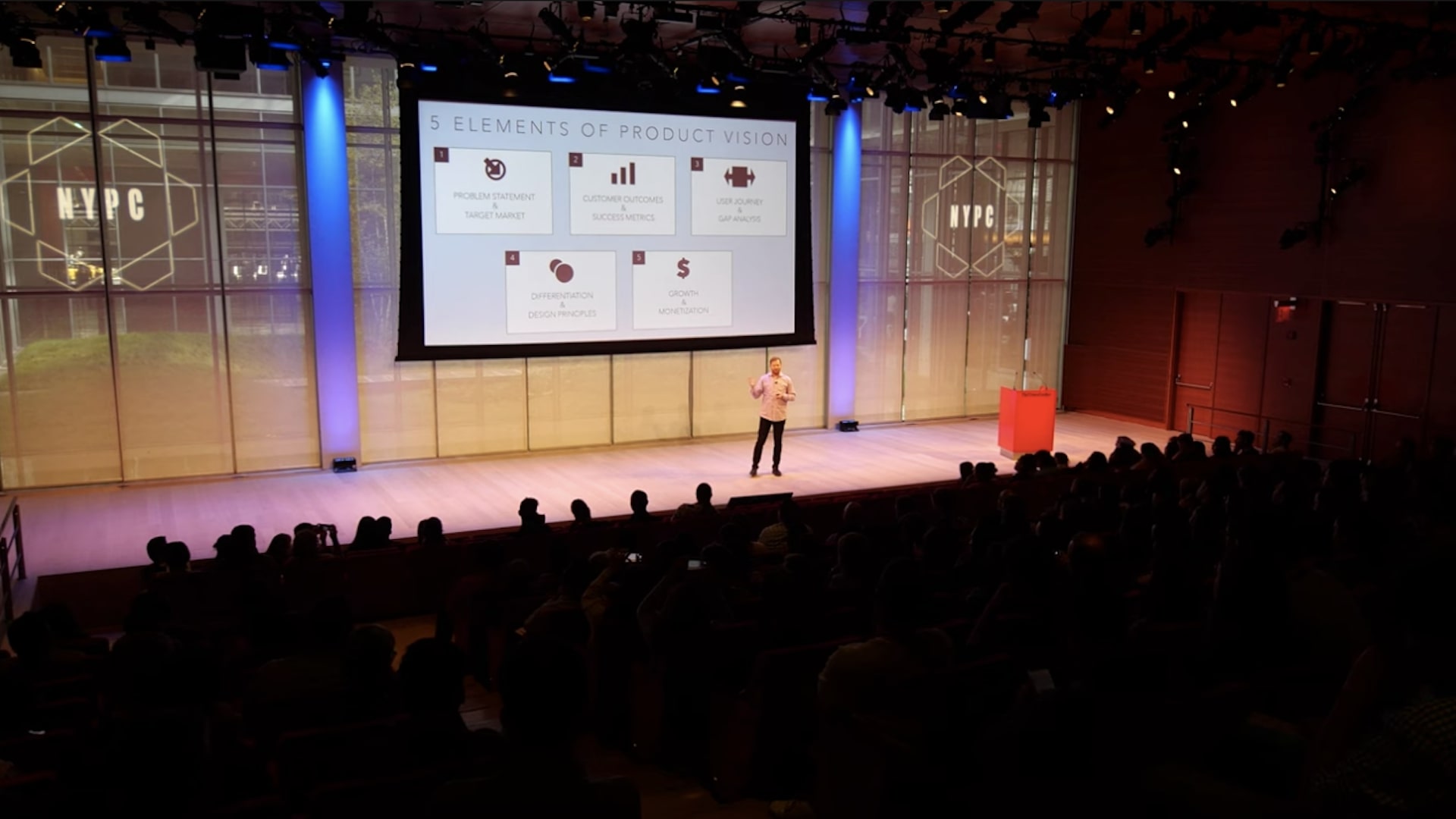If you’ve worked in product management, you’ve likely noticed that the role is one long paradox. Do I deliver outcomes for the business or the customer? Do I succeed by focusing on the right priorities now or by planning further ahead? Is product management art or science? You don’t need to have been in product management a long time to know that the answer to all of those either-or questions, is, of course, yes to both.
And therein lies the product management challenge.
Those challenges weren’t lost on Ben Foster and Rajesh Nerlikar when they co-wrote Build What Matters: Delivering Key Outcomes with Vision-Led Product Management. Foster, who has more than 20 years of product management experience, is the chief product officer at WHOOP and founder of Prodify. He was formerly a senior product manager at eBay, vice president of product at Opower, and chief product officer at GoCanvas. The book is based on his and Nerlikar’s experiences as product managers and their product advisory work at Prodify where they’ve seen even the companies that ‘get it’ struggle. They even documented the top 10 dysfunctions of product management:
- The Hamster Wheel: a focus on output over outcomes
- The Counting House: an obsession with internal metrics
- The Ivory Tower: a lack of customer research
- The Science Lab: optimization to the exclusion of all else
- The Feature Factory: an assembly line of features
- The Business School: the over use of science and data
- The Roller Coaster: fast-paced twists and turns
- The Bridge to Nowhere: over engineering for future unknowns
- The Negotiating Table: trying to keep everyone happy
- The Throne Room: whipsaw decision making from the person in charge
I’m not going to lie: reading this section of Build What Matters was a roller coaster of emotions. I laughed at the anecdotes but then felt the pain of reliving the experiences of these dysfunctions, and worse, contributing to some of them as I navigated the murky waters of product management.
Foster and Nerlikar point out that you don’t revolutionize an industry by unleashing artificial intelligence or machine learning to be the next Uber of ‘X’. Instead, you revolutionize an industry by solving real customer problems that create value for them.
A trap that companies fall into is spending too much time in what Foster calls “the zone of optimization,” where the focus is on tasks such as improving sign-up flow, one-off feature requests to get deals done, and more. Keeping engineering fed with user stories of dubious value or helping sales hit the numbers they already signed up to hit isn’t good product management. Making it possible for sales to hit numbers in a year or two that aren’t imaginable today is where we should spend our time. That’s what builds deeper customer value.
Foster and Nerlikar have created a framework called Vision-Led Product Management, and their book is a deeper dive into their approach. It begins with choosing an outcome metric that customers actually care about. Do you have a journey map? Great, now reimagine it so that your customer gets ten times more value from your product than they get today. This is your product vision.
The gap between where your product is today and your product vision is your product strategy. Your roadmap is a rough outline for how you’ll get to your product vision, which is never a straight line. You still need to balance near-term optimizations, such as removing friction in your sign-ups, or tweaking features until they perform, and other product hygiene issues like security. In order to effectively execute your roadmap you need to nail your feedback loops and balance internal and customer feedback as you move towards your vision. Always keep your eye on the vision.
“Build, measure, learn” is ingrained into our product psyches, so you might be wondering, “can’t I optimize my way to an outcome?” In a talk at the New York Product Conference Foster acknowledges that it’s possible, but not probable.
“The whole process of evolution is like this: start with an amoeba or something and a generation goes by and there’s all these little tweaks, the survival of the fittest, and boom you get a rainbow lizard,” he said. The problem is you probably don’t have the financial runway to optimize your way to your outcome. As product managers, we need to be vision-led today to create tomorrow’s deep customer value.
Update: Foster joined ProductTank Waterloo on Oct. 6 for a fireside chat and took questions on how to become vision led. Check out our recap of that talk, The benefits of building a product-driven organization.





